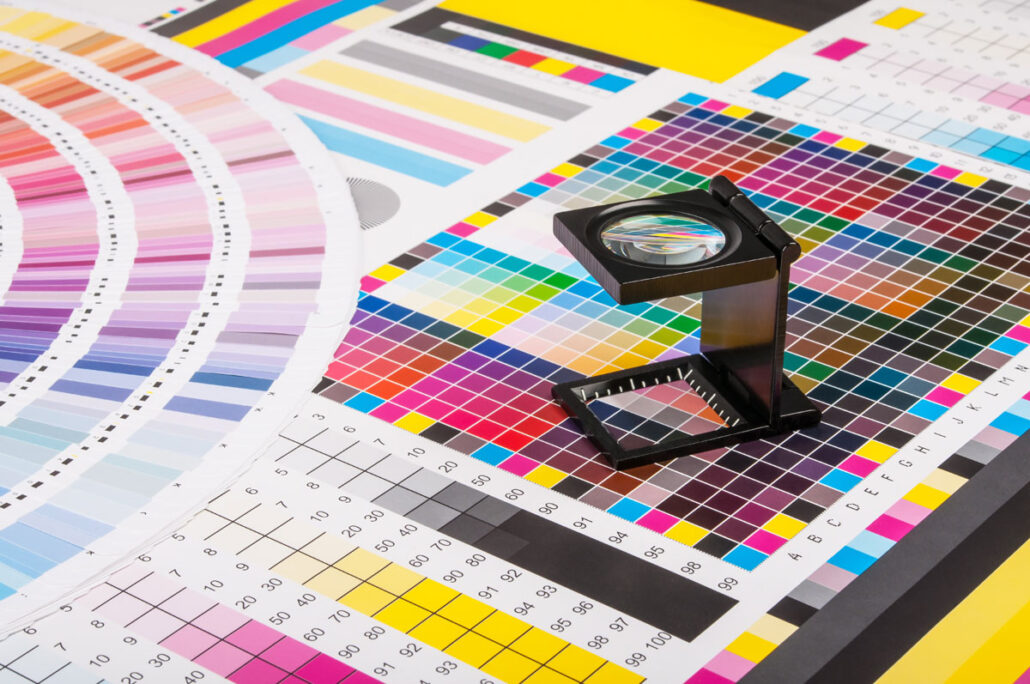Practical Tips for Document Longevity

by Marcia Spicer Are you a proud owner of historical material written by or to famous individuals? Perhaps your collection isn’t recognizable to the public but impacts your family or community. Preserving these documents for future generations can be a daunting task for the new or unprepared collector. Too often, collectors inheriting these materials are […]
Don’t Lose Your History

Recorded history is an irreplaceable treasure, but physical historical records are constantly under threat. Books, records, photographs, and hand-written letters are meant to be passed on to future generations, but the more they’re used, the more likely they are to sustain irreversible damage. Over time, the valuable information recorded on paper can become indistinguishable from […]
Backgammon and Bronze Age Toilets: Preserving the Mundane

by Shana Scott Gas station receipts, junk mail catalogs, and notepad doodles aren’t exactly what we imagine future researchers studying to learn about our time in history. And yet, that’s not solely up for modern-day archivists to decide, is it? We’ve written before about the importance of preserving “everyday history,” but what about the stuff […]
Freedom and Flexibility Through Digitization

by Marcia Spicer I recently heard from a curator whose exhibit had been prematurely removed from display. They were understandably upset; detailed work had gone into carefully selecting items from their larger collection, creating displays, and editing placards. They also knew that the history the collection conveyed was important. But a decision-maker who saw the […]
Threads of Connection: An Interview with Mark Anderson

by Marcia Spicer In the busyness of our daily routines, it isn’t often that I get to sit down with one of Anderson Archival’s Founding Principals Mark Anderson. But we recently met to discuss our clients, favorite solutions, and what makes history so important to the present. Mark, thanks for taking some time to chat! […]
The Journey to Digitization

by Marcia Spicer Last weekend, my family was invited to dinner at a restaurant. Shortly after food was served, my youngest began melting down. Then, earlier this morning, I had to reschedule a meeting with a potential client. When we made the plans, everything looked great, then life happened. Just like planning a meeting or […]
Putting a Price on Peace of Mind

by Marcia Spicer No one likes to talk about cost, especially not the ones sending the bill. In the world of digitization, pricing without context can be a deciding factor for many clients, and it is understandably one of the first questions we field. However, digitization is much more than simply scanning a document. […]
What the FADGI!

by Shana Scott If you’ve dipped a toe into the best practices for digitizing a collection, you’ve probably heard the term FADGI thrown about. Scanning manufacturers tout being FADGI three-star or four-star compliant to better sell their product, and articles on beginning digitization suggest following FADGI guidelines. But what is FADGI and why should you […]
Copyright and Your Digital Collection

by Marcia Spicer Anderson Archival are not lawyers, nor should this explainer constitute legal advice. Outside of the publishing world, copyright isn’t always a topic that comes up with any frequency. For many archives and collection owners, what they don’t know scares them. Are you suddenly faced with confusing questions of copyright, legality, and access? […]
Repairing Gaps in History

Anyone who’s dabbled in genealogy knows the frustration of trying to find information many generations back, but African Americans seeking information on their ancestors have unique problems. Those who trace their roots back to enslaved people often struggle to find any records or even names to continue their search. Director Marybeth Niederkorn of the Cape […]
